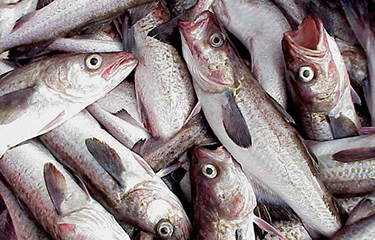Pollock: Season surges as fish sticks rule the COVID marketplace

Alaska pollock trawlers were well on track to catch their TAC for the year, and increased demand for seafood during the COVID-19 pandemic threw some optimistic twists into market dynamics.
The TAC for the Bering Sea had been set at 1.425 million metric tons, with another 19,000 metric tons coming out of the Aleutian Islands harvest area. While the Aleutian Islands TAC has remained unchanged in recent years, those for the Bering Sea have been nudging upward from 1.345 million metric tons in 2018 and 1.397 million metric tons of last year.
The TAC for the Gulf of Alaska, meanwhile, has also risen slightly from last year’s 112,000 metric tons with 115,930 metric tons for this year, and trawlers in August continued plugging away on their C-season allotments.
The A-season for pollock trawling in the Bering Sea began on 20 January and ended on 30 April, with nearly all four sectors (inshore, catcher-processor, mothership, and CDQ groups) catching their allotted percentages of the TAC.
As of August, the four trawl sectors were scattered about the Bering Sea and mopping up quotas for the B-season, which began on 10 June and ends on 31 October.
“Everyone is out fishing,” Genuine Alaska Pollock Producers CEO Craig Morris said. “The B-season is the larger season for surimi and other products.”
When it comes to favored product forms, Alaska pollock has been enjoying the resurgence of fish sticks. Morris notes that with the closures of schools and students attending virtual classes and eating their lunches at home, fish sticks have risen sharply in demand.
“They’re easy to pop into the microwave or just toss them into the oven at 425 degrees for a few minutes,” he says.
Morris adds ease of preparation, good taste and a source of healthy protein rank high among factors consumers consider when purchasing foods of all kinds, and pollock has been rising to the top.
“Fish sticks really checked a lot of boxes for us there,” he says.
According to data Morris shared from Nielsen, frozen seafood sales exploded by nearly 51 percent for the quarter ending on 31 May this year, and fresh rose 26.3 percent, with shelf-stable seafood sales increasing by 59.4 percent.
Photo courtesy of NOAA






Share